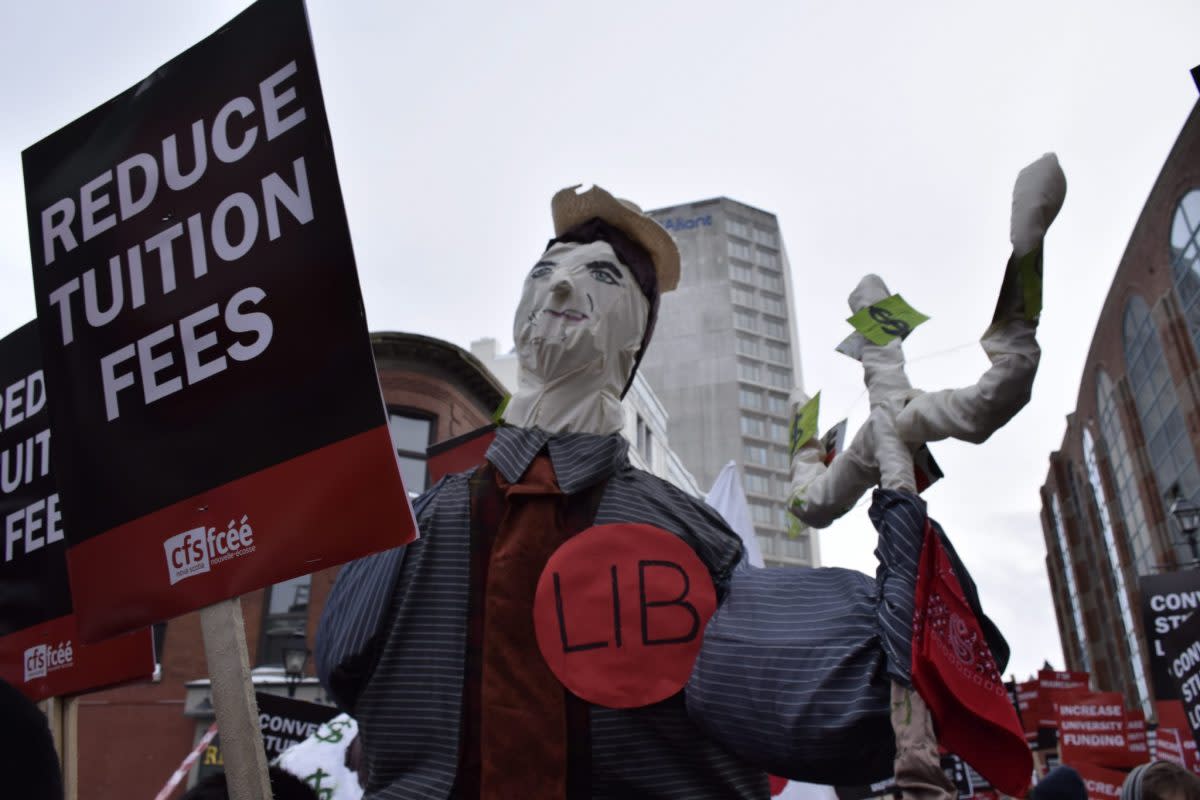New grads earning under $25K get a break on loan repayment, but student activists say it's not enough

Starting Nov. 1, students who borrow money from the federal government will not be required to repay their loan until they earn at least $25,000 per year.
It looks like a windfall for recent graduates, but national chairperson for the Canadian Federation of Students (CFS) Bilan Arte says this initiative isn’t enough.
“This small change does nothing to stop the crisis in student debt,” she said. “We’re a generation stuck in between huge debts and unreliable income opportunities.”
The new measures update the Repayment Assistance Plan (RAP) and were outlined in the 2016 federal budget. The move will make it easier to get help by putting a break on repayments until recent grads are earning $25,000 a year, a jump from the old threshold $20,210.
Approximately 750,000 Canadians were repaying Canada Student Loans in 2013-14, and 34 per cent accessed the RAP, according to the government.
In a statement released Sunday, the department of employment and social development said the change will account for a $131.4 million in federal assistance over five years, and that the threshold had not been increased significantly since 2009.
But Arte says changes need to go further to take into account all the factors students face.
“Tampering with the threshold is not productive,” Arte said. “Even when they’re scraping together $26,000 a year in income from part time jobs, young people still can’t afford hundreds of dollars a month in student loans.”
Canadian university students have seen a 40 per cent rise in average undergraduate tuition in the last decade, according to data released by Statistics Canada. And the expanded access to the repayment programs comes as the youth unemployment rate is almost double the overall national rate.
Speaking from the University of Ottawa campus, Arte argued this initiative only delays the burden of paying back tuition fees plus any accumulating interest — and that the new policy was timed purposefully to distract away from the on-campus demonstrations that demand free education.
“This government is aware that students are organizing,” she said. “This announcement is a diversion from the mass mobilization happening for free education across the country.”
Students in 31 cities are expected to march across their campuses to demand free education for the annual All Out campaign on Nov. 2, one day after students can start applying for the RAP.
“The federal government is on a completely different page than we are,” Arte said. “We are working to ensure that every single person, no matter what their background has equal opportunity to an education.”

